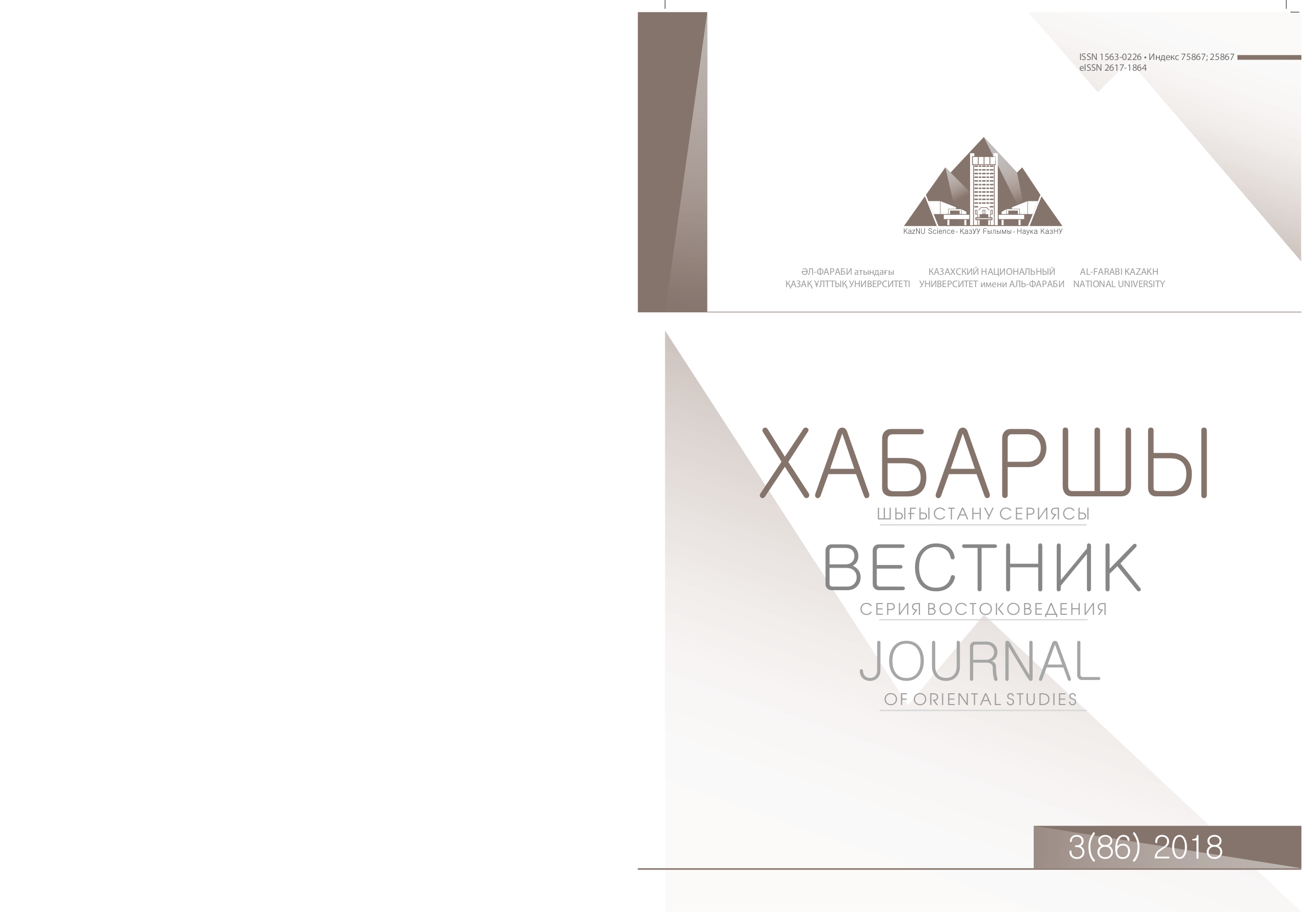THE CHARACTERISTICS OF BOOK-BINDING ART OF THE TIMURE PERIOD IN MAVARA-AL-NAHR: SCHOOL OF SAMARKAND AND BUKHARA (Case Study: Dushanbe and Tashkent Book-Binding of Manuscripts Collections)
Аннотация
The art of book-binding in the culture and civilization of Islamic Iran is as one of the main branches of the art of book making and book decorating that it has experienced all the time the changes of attentively for act of spreading of the publication culture of science and increase in the quality in the presenting of artistic and attractive and also worthy conservation of scientific manuscripts. These changes-which have continued from start of Islamic centuries till end of twelfth century A.H/eighteenth A.D so incredible-has been with respect to invention of the book-binding technique, the use of various materials and elegant creation and making of the beautiful design. Mavara-Al-Nahr which always has been an important land for mutual influence of the culture and civilization middle of the nations, has had a special pavilion in the long history. At this juncture, the history time of the Teimoor period is a zenith point in the book-binding art of Islamic-Iranian civilization especially in the center Asia. In this time, the staying experiences of the past book-binding has changed the book-binding to renascent of the extension and change of the Islamic-Iranian civilization bookbinding with putting together new creation in the worthy place of the book decoration in the Timure and his sons period. In this article studied the art of book binding in Timure period. In addition to that, the characteristics of book binding in this time in Mavara-Al-Nahr-in particular the Uzbekistan and Tajikistan countriesstudied from a technical and artistic according to the existing works of Tashkent and Dushanbe museums. The results of this research, shows they are considerable in the form of 6 kinds of basic, (including: 4 kinds of the specially leathern book bindings, lacquer book binding and with mixture of burned) in respect material, making technique and used designs (including Toranj, Lachak and margin with different kinds, flower & leaf, inscription with flower & leaf and Naskh, Nastaliqe and little Sols & Kufic calligraphy). This study aims to investigate the evolution of the art of book-binding Timurid era in Mavara-AlNahr, artistic and technical features bindings of manuscripts in the treasure trove of ancient Central Asia and particularly in Tashkent and Dushanbe – that almost all the works of book-binding places like Samarkand, Bukhara, Khorezm and Kokand and other cities of the Republic of Uzbekistan and Tajikistan have gathered today – to classify and analyze. In this study, for finding of good results, old and new documents were used historical and artistic interest. The classification and analysis of the index covers five important museum and library of the Republic of Uzbekistan and Tajikistan manuscripts – which writer was visited that place and volumes were close to the field-and implementation of Subject look, among other measures which were considered in the same way The dominant part of the method used to collect data in this research field and in this way the index works bookbinding methods like observing closely the museums and treasures, recording data using a variety of tools and equipment’s and travel to sites such purpose was used.




